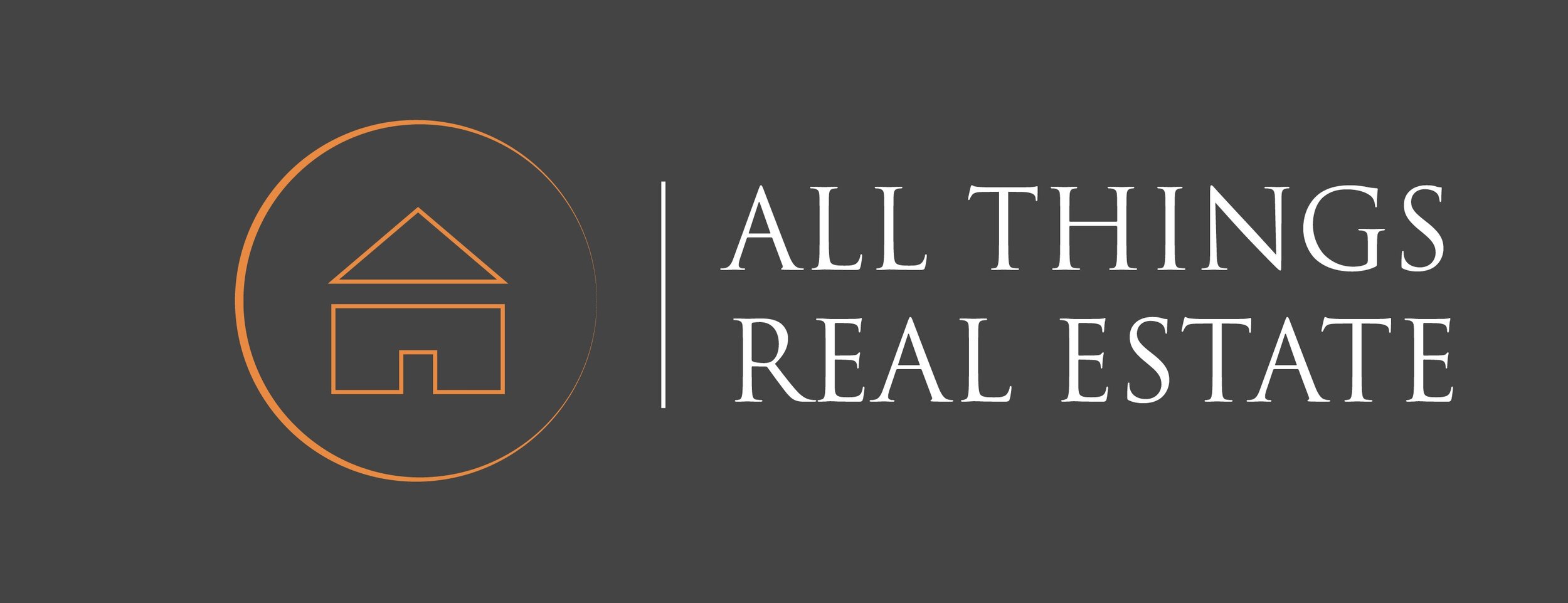Building insurance vs landlord insurance
As the end of financial year approaches, it can be a great time to assess all your insurances and make sure you’re adequately covered. And for those insurances where you’re thinking of switching from a monthly to an annual premium to secure a discount, you can also make this payment just before the end of financial year, so you can claim a deduction as soon as possible. Taking out both a building insurance and landlord insurance policy on your property is wise at any time, but especially as cost-of-living pressure places a strain on people’s finances. This article outlines the differences between building insurance and landlord insurance and why it’s important to have both. Keep reading to learn more.
What is building insurance?
Some property investors mistakenly think that they only need standard home and contents insurance to protect their property. However, these policies are designed to protect owner-occupiers from loss and damage caused by things such as weather events, burglary and theft, and other accidents. In contrast, building and contents insurance for property investors protects you from damage to your property plus any of the fixtures and fittings inside it while it is tenanted or vacant.
Building insurance provides residential building protection, plus it also provides cover for garages and sheds, fences and gates, built in swimming pools and spas, and infrastructure such as the supply of electricity, gas, water, internet and phone. Contents insurance for property investors covers all the fixtures and fittings inside your property, such as carpets, curtains and internal blinds, furniture, white goods, and non-in-built swimming pools and spas. With a building and contents policy taken out, you are protected from any accidents that may cause damage to your property and the fixtures inside it, whether these were intentional or not.
What is landlord insurance?
While building and contents insurance for property investors may protect your physical property, it doesn’t cover you for the other risks that are associated with property investment. The key risk you need coverage for in a landlord insurance policy is rent default and loss of rent due to repairs. For example, if a tenant falls behind in their rent, and then they must be evicted, plus you find the property has extensive damage once they’ve vacated, you could be looking at thousands of dollars in lost rent and repairs. An adequate landlord insurance policy should protect you in these circumstances, providing coverage for lost rent due to default and if your property needs to remain vacant for repairs. Landlord insurance will also cover you for legal liability, which provides protection if a tenant injures themselves in your property and you were negligent in ensuring the property is safe.
Even if you have great, long-term tenants, accidents can happen so it’s best to be safe and ensure you have full insurance coverage for your property, what’s inside it and protection from the financial risks of being a landlord. If you’re looking to upgrade your level of landlord insurance cover or taking out a new policy, consider doing it before tax time to make the most of timely deductions. And if you’re usure of what level of cover is right for you, make sure you speak to a qualified financial or legal adviser to assess your unique situation.
Remember, this article is general in nature and is not financial or legal advice. Please consult your professional financial and legal advisors before making any decisions for yourself.
